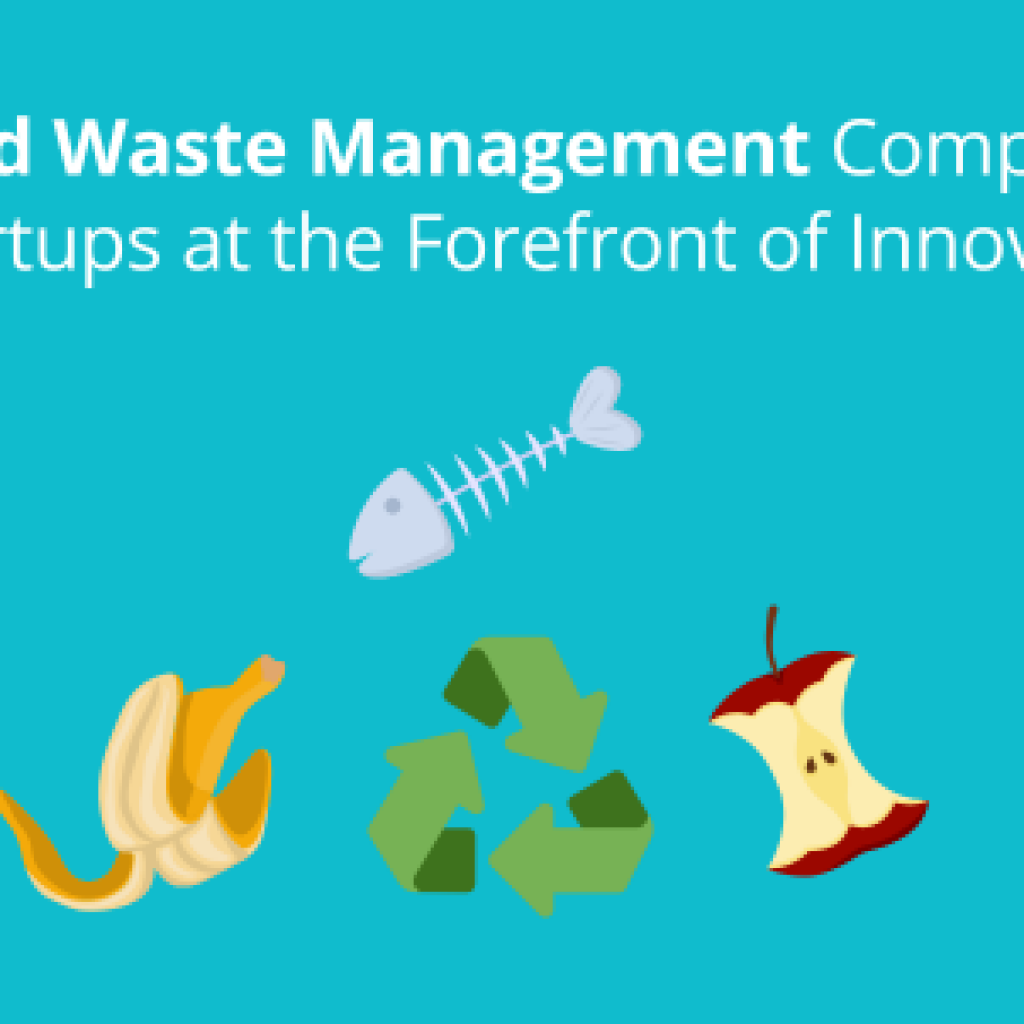I love patent search, not because I’ve expertise in the area or I find them easy to conduct, but because it helps me to make my contribution in making the patent world unambiguous. I get an opportunity to determine whether a patent deserves to get granted or not. And yes, I also get an opportunity to save efforts of an inventor and help make him better decisions.
We, here at GreyB, handle a range of projects on a daily basis. Some are relatively easy while others could be a tough nut to crack. However, once in a blue moon, there lands a project on our desk, which seems insurmountable at that point in time.
This morning, a patentability search on a light beam projector that landed on the runway of my workstation, later proved to be one such project. Just to let you know, other than the working of the apparatus, no information was shared from the client’s end.
God gives his hardest fight to his toughest soldiers. With that thought, my team and I got down to work. We performed a preliminary search. The technology came out to be one of the latest areas of research. To top it all, there was not much material available online.
Needless to say, our search process began with a comprehensive analysis on Thomson, Orbit and other databases including Google Patents. We made multiple relevant key strings like light projection, beam launching, etc., and fed them into Thomson/Orbit.
The next avenue that we explored was of non-patent literature. We again performed a comprehensive analysis, but like in the previous case, it bore no fruit. We were back to square once again, and with less time left in our hands.
We decided to identify other application areas of the light projection, which were not thought of by the inventor. This again is a process that we follow here at GreyB. We identify all the application areas where the invention could probably be used and try to figure if there is any prior art that exists in other areas. However, as I mentioned, other than working on the invention, nothing was shared with us.
Moreover, while conducting the conventional search, application areas such as lasers, cameras, projectors, polarizer, displays, et cetera had already been explored.
It was time to get back to the whiteboard. We brainstormed and decided to explore the most recent developments in the field. A brainstorming session and a few hours of search resulted in a list of some new application areas where this invention could probably be applied.
Head-mounted display, Holographic optic technology, and see-through display were some of the technologies in our list. Guess what, we explored these technologies and identified not one but multiple prior arts which were relevant.
Conventional search strategies don’t always work and when they don’t, we start looking for alternate routes. It is a custom at GreyB to never look at two searches in the same way and we take pride in providing our clients tailor-made solutions.
Authored by – Sushant Kumar, Senior Research Analyst, Concept Hacking
Related Strategy: Novelty Search In Videos – Our Journey From Having Nothing To A Relevant Prior Art










